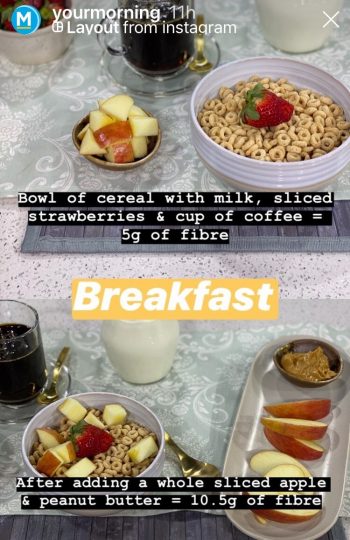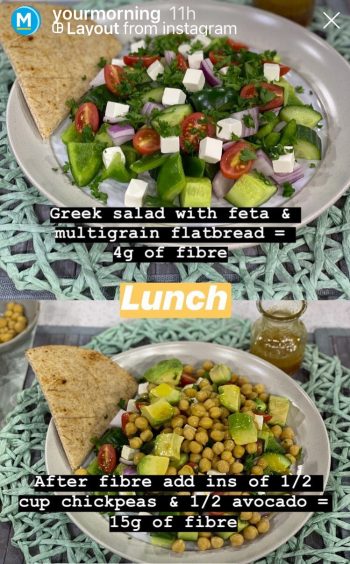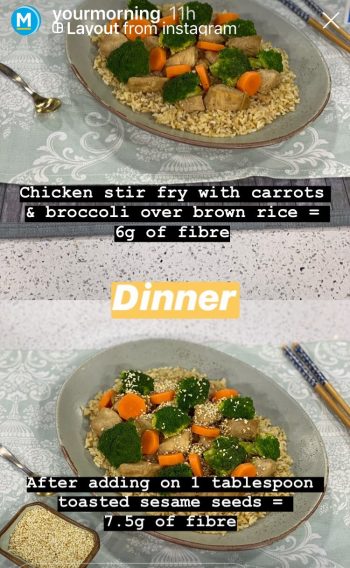Ever wonder what the difference is between these two tiny seeds?
What are they:
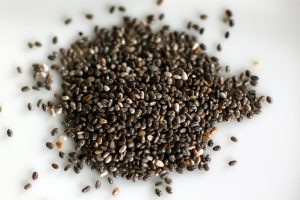
[Image source: Flickr]
Chia seeds are tiny white or black seeds that look like poppy seeds. They were first cultivated by the Aztec tribes in Mexico.
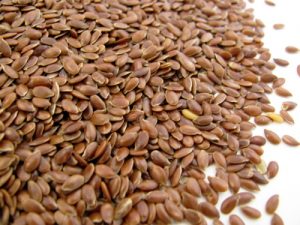
[Image source: Flickr]
Flax seeds are flat, yellow or brown, oval shaped seeds that are about the size of a sesame seed. Brown flax seeds are grown right here in Canada, mainly in the western Prairies.
Nutrition and health benefits:
Chia seeds are filled with insoluble fibre. When mixed with water or fluids, chia seeds expand and swell to form a gel. Chia seeds are a source of heart-healthy plant-based omega-3 fats, calcium, iron, magnesium, zinc and selenium. When it comes to fibre, calcium and selenium, chia seeds win over flax seeds. (See comparison chart below.) Studies show many benefits to including chia seeds as part of a healthy diet, such as a reduction in blood cholesterol levels and the prevention of constipation.
Note: Chia seeds can thin your blood, as well as interact with medications and blood thinners such as Warfarin/Coumadin. If you are taking any types of these medications or any type of blood pressure medications, then please avoid chia seeds and talk to you doctor.
Flax seeds are hailed as a super source of plant-based omega-3 fats which is an important nutrient to help lower the risk of heart disease. With a similar nutrition profile to that of chia seeds, flax seeds are also a source of zinc and selenium, and a good source of magnesium. Flax seeds are one of the best food sources of lignans, which are a type of plant-based estrogen. Research suggests that these lignans may play a role in protecting against breast cancer.
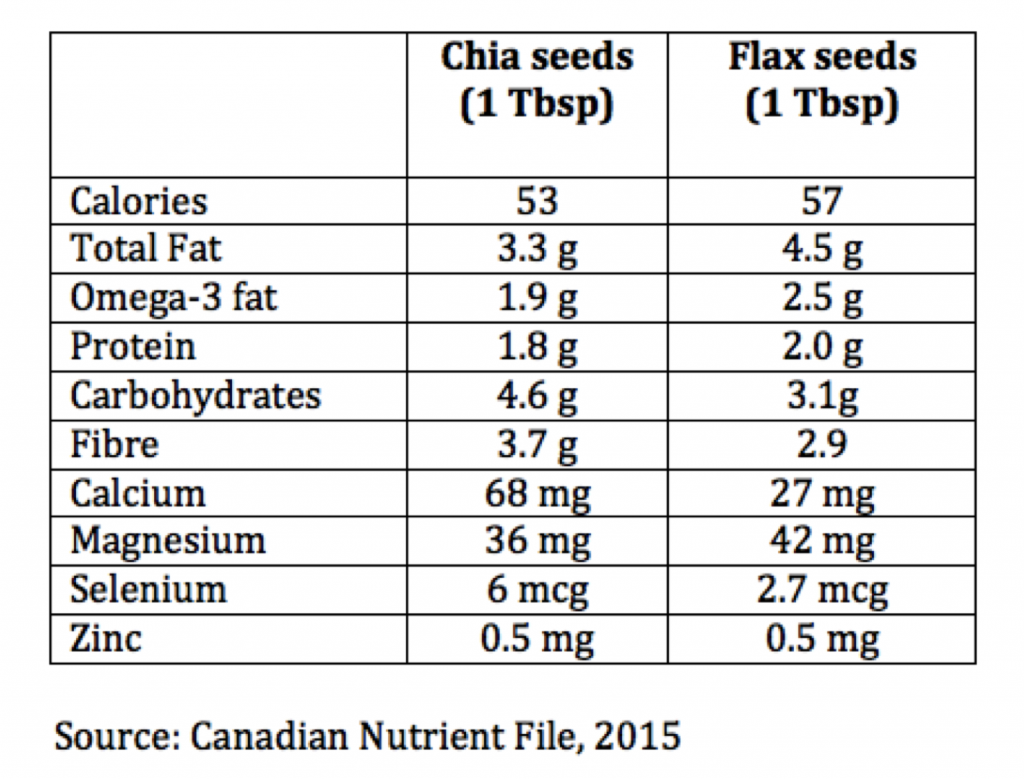
How to include in a healthy diet:
Both chia seeds and flax seeds have a nutty flavour and can be easily added to your favourite dishes.
Chia seeds – Sprinkle into smoothies, cereal, yogurt, soups and salads. Try our yummy Chia Seed Pudding recipe or mix some chia seeds into muffin batter. Store chia seeds in a dark, cool place for a few months.
Flax seeds – Sprinkle over cereal or yogurt, or add them to pancake batter and meatballs. Whole flax seeds can be stored at room temperature for up to one year. Ground flax seeds are easier to digest. Grind your own flax seeds in a coffee grinder or food processor. Store ground flax seeds in an opaque container for up to three months.
Dietitian’s Tip: Enjoy a variety of foods and include chia seeds and/or flax seeds when you can. Leave us a comment and tell us how you love to use chia and flax!
